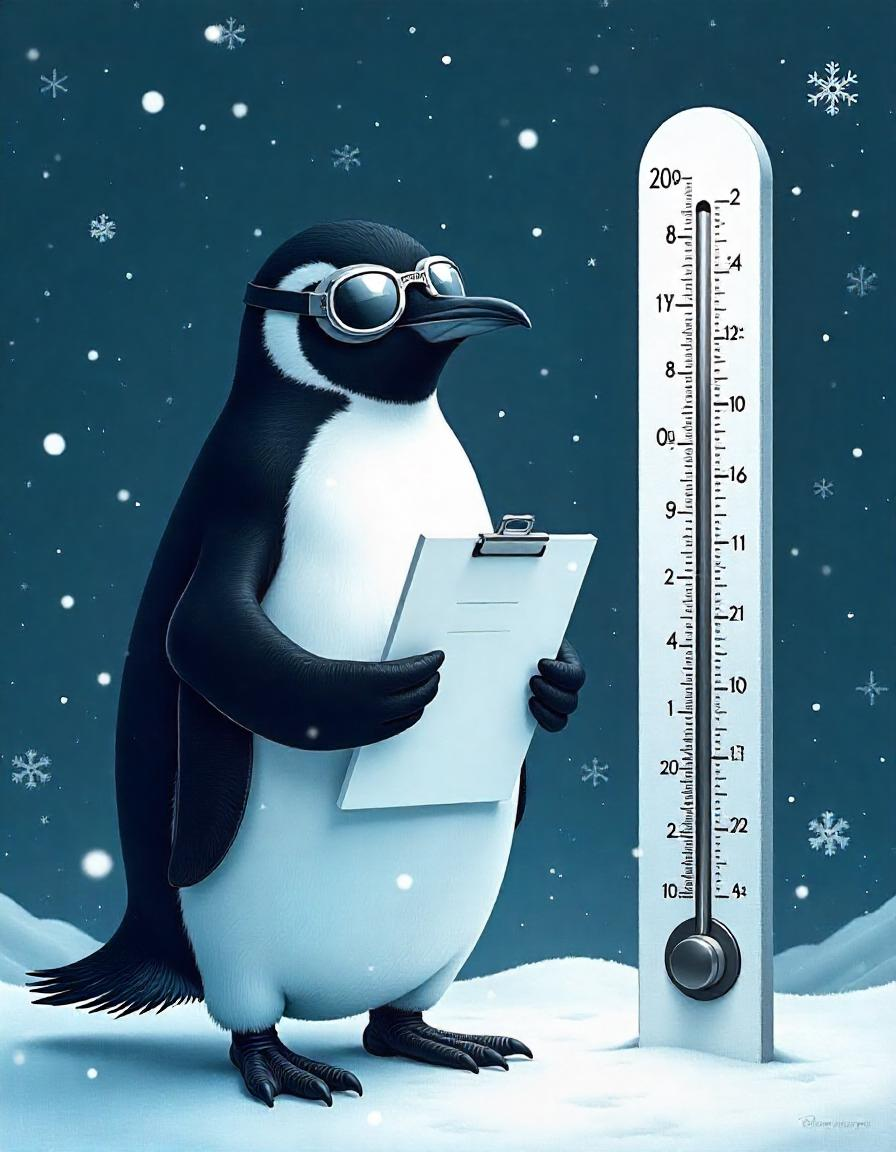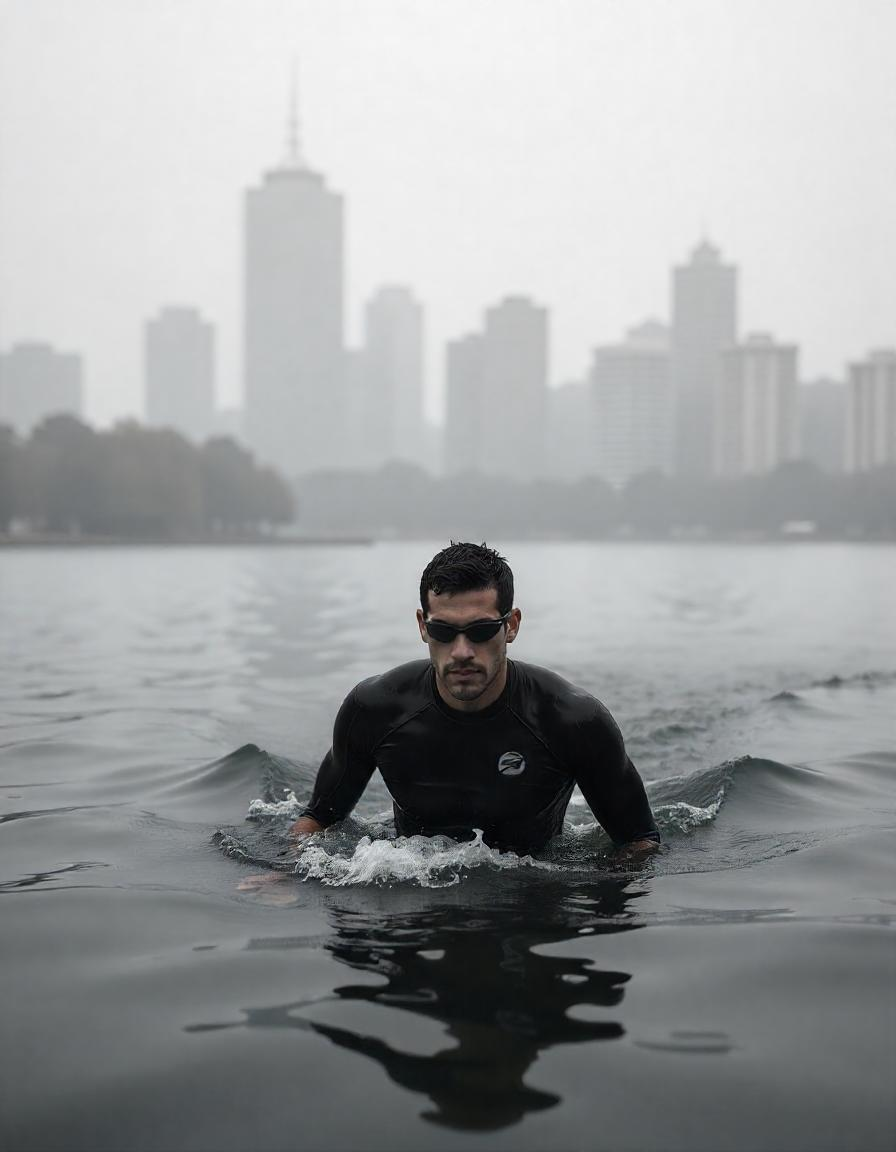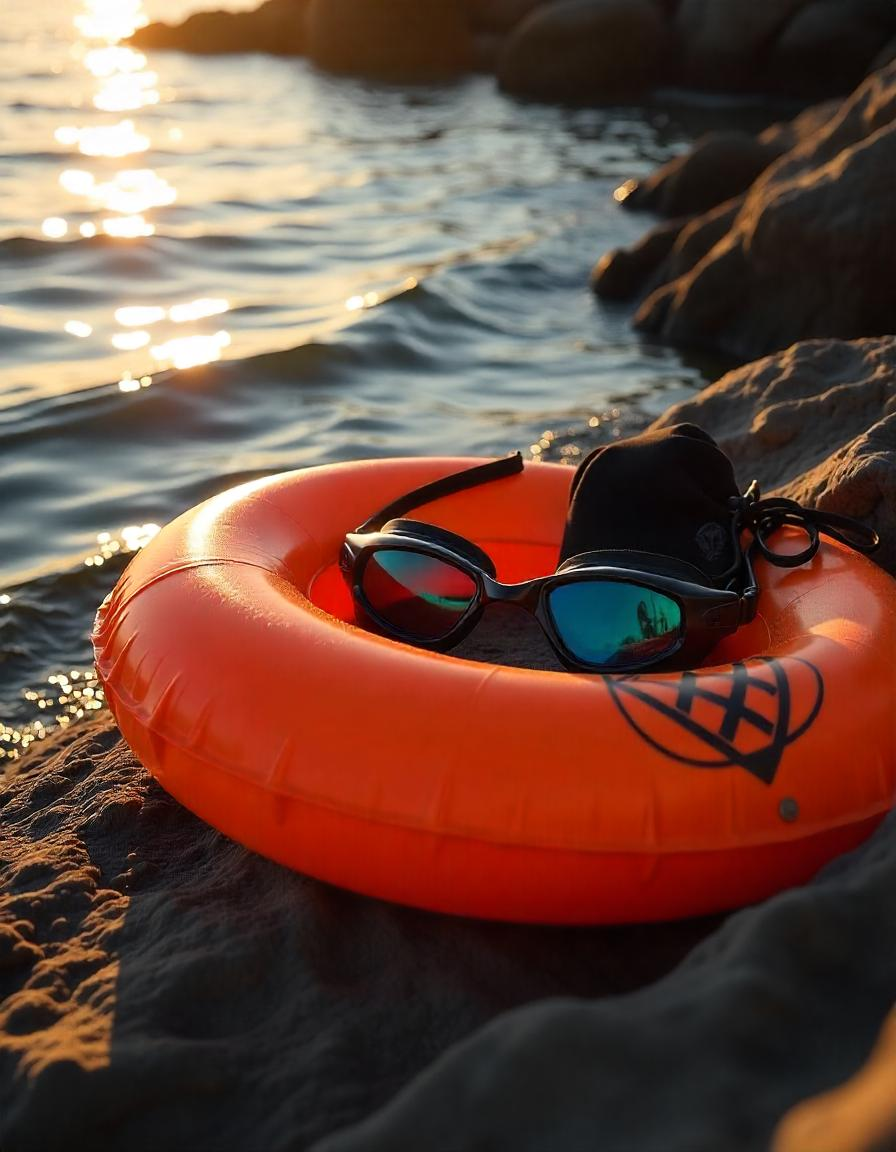Cold water swimming offers a range of physical and mental benefits, but it requires careful preparation to ensure safety and enjoyment. Whether you’re an experienced swimmer or new to the cold, these practical tips will help you get ready for your next chilly dip.
1. Acclimatize Gradually
Jumping straight into freezing water can shock your body. Begin by immersing yourself in progressively colder water over several sessions. This allows your body to adapt and reduces the risk of hyperventilation. Start with short swims in cool water and build up to colder conditions as your tolerance improves.
2. Wear the Right Gear
Wearing appropriate gear is crucial for comfort and safety. A good wetsuit helps to retain body heat, but if you’re looking for maximum warmth, consider a thicker wetsuit or a drysuit for extreme cold. Don’t forget to wear a swim cap to keep your head warm and neoprene gloves and boots to protect your extremities.
3. Know the Water Temperature
Before entering cold water, check the water temperature. Water below 15°C (59°F) is considered cold and requires more preparation. Anything below 10°C (50°F) is very cold and demands extra caution, especially if you’re new to cold water swimming. A thermometer or online weather resources can help you assess conditions beforehand.
4. Warm Up Before Entering
A proper warm-up can prepare your muscles and improve circulation before you face cold water. Stretching and light cardio exercises, like jogging or brisk walking, can help increase blood flow and make the transition to cold water easier. It also reduces the risk of muscle stiffness once you’re in.
5. Enter the Water Slowly
Rather than plunging in all at once, ease yourself into the water gradually. This gives your body time to adjust to the temperature and reduces the shock to your system. Start by dipping your toes, then your feet, and gradually submerge your whole body. It helps your body cope with the cold more effectively.
6. Focus on Breathing
Cold water often causes an involuntary gasp reflex, so it’s important to focus on slow, deep breaths. Keep your breathing steady and controlled to prevent panic. When you enter the water, try to stay calm and take long, deliberate breaths to help your body acclimatize to the temperature.
7. Short and Sweet Swims
In colder conditions, shorter swim times are safer, especially if you’re not used to the cold. Start with just a few minutes in the water and gradually increase the time as you get more accustomed to the temperature. Aim for around 10-15 minutes initially, and never stay too long to avoid hypothermia.
8. Have a Buddy System
Cold water swimming is safer when done with a friend. Always swim with someone else, especially in remote or unfamiliar locations. Having a buddy ensures that help is available in case of an emergency and adds an extra layer of safety.
9. Post-Swim Warm-Up
Once you’ve finished swimming, it’s important to warm up quickly. Change into dry clothes immediately, and layer up with warm clothing, including a thermal hat and gloves. Hot drinks, such as tea or coffee, can also help raise your body temperature and aid recovery after a cold water swim.
10. Listen to Your Body
Your body will give you signals if you’re getting too cold or uncomfortable. If you start feeling dizzy, numb, or overly fatigued, exit the water immediately. These are signs that your body may be getting too cold, and it’s essential to prioritize your health and safety.
Conclusion
Cold water swimming can be invigorating and offer many physical and mental benefits, but it’s important to approach it with respect for the water and proper preparation. By acclimatizing your body, wearing the right gear, and listening to your body’s signals, you can enjoy the thrill of swimming in cold water safely and effectively.





